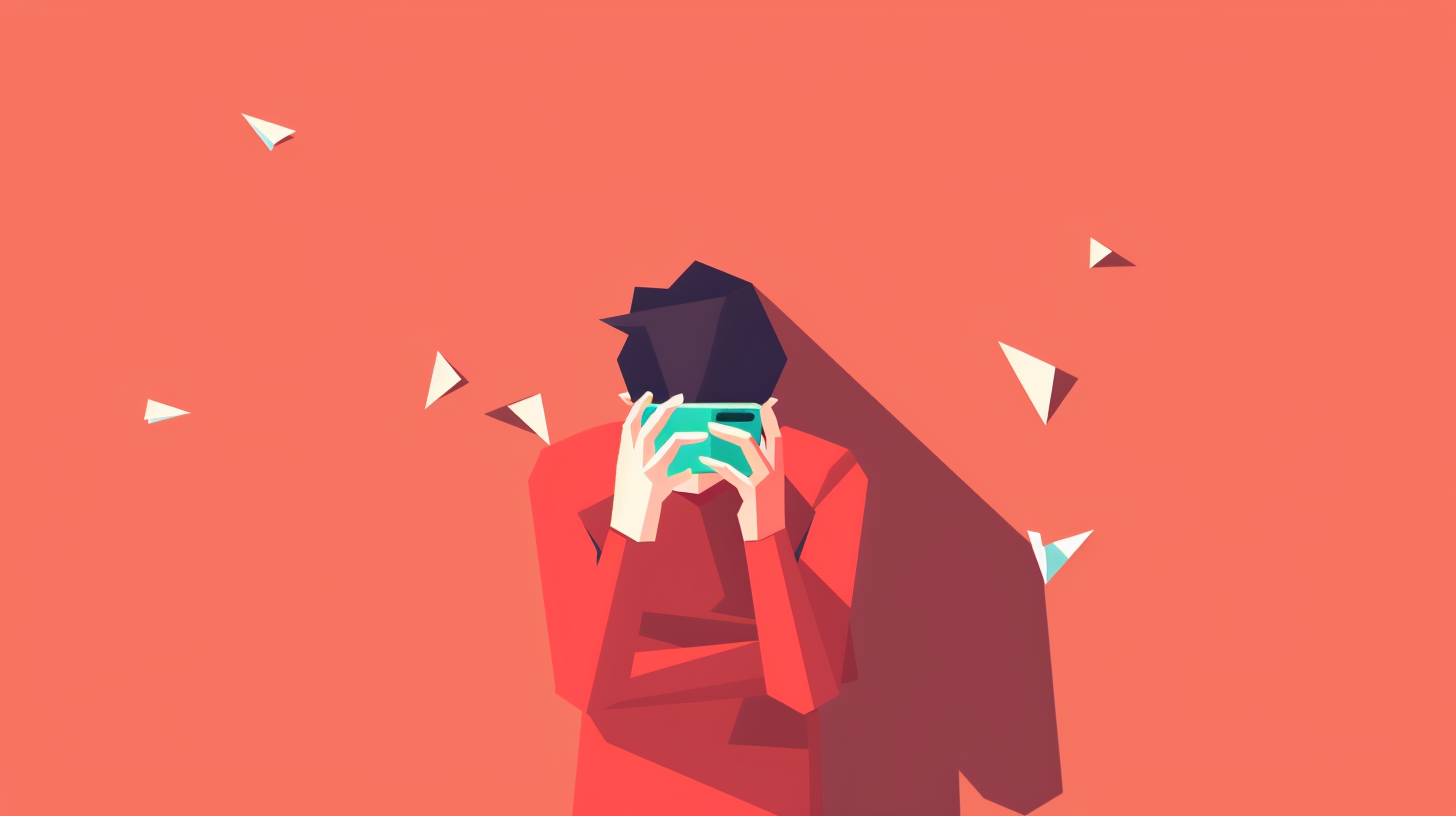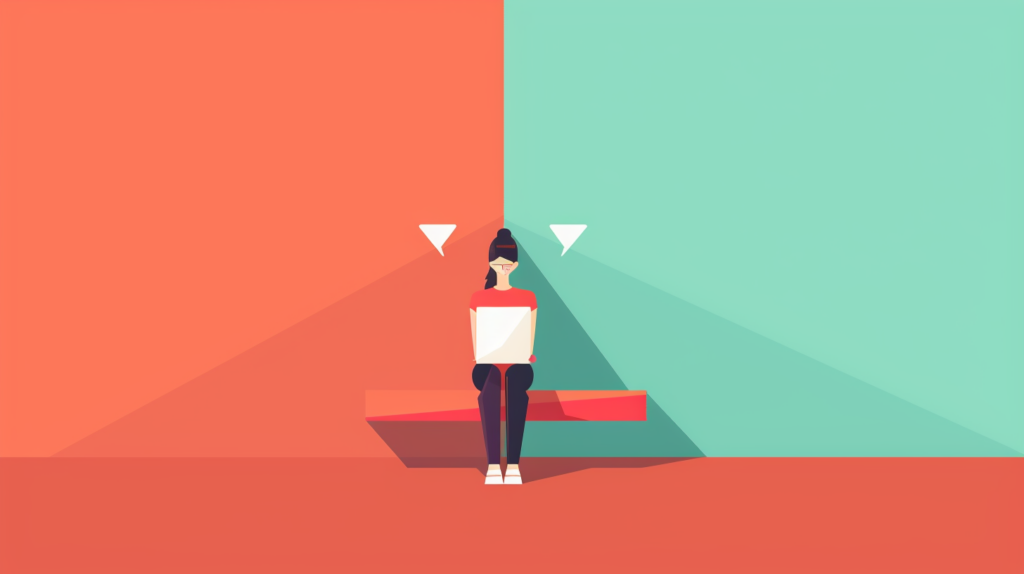How Social Platforms Are Tackling Ad Fatigue

Ad fatigue is a modern-day phenomenon that social media marketers can’t afford to ignore. It occurs when users become disengaged or even irritated by seeing the same or too many ads, leading to lower engagement rates and diminishing returns on ad spend. As users are bombarded with marketing messages every day, ad fatigue has become an issue that social platforms must address head-on.
But how are they doing it?
Let’s explore the innovative ways social platforms are tackling ad fatigue and keeping their users interested without overwhelming them.
What is Ad Fatigue?
Ad fatigue happens when users are exposed to the same type of ad repeatedly, causing them to tune out or even develop a negative perception of the brand. This can result in a drop in click-through rates (CTR), conversion rates, and overall ad effectiveness. The key reasons for ad fatigue include overexposure to the same content, lack of personalization, and poor timing.
A recent survey by HubSpot found that 91% of consumers agreed that advertising has become more intrusive than before. Moreover, they are more likely to ignore or block ads that feel intrusive or repetitive.
Social Platforms Taking Action
Although social platforms are recognizing the dangers of ad fatigue and are developing tools to combat it, Google Ads is arguably still too intrusive. While services are moving towards easing the advertising load, many are using third party tools to block annoying ads online. Here are the actions social platforms are already taking to ease the burden imposed:
1. Frequency Capping
One of the most straightforward ways platforms like Facebook and Instagram are addressing ad fatigue is through frequency capping. This is where the platform limits the number of times a user is shown the same ad over a set period. Frequency capping ensures ads don’t overwhelm users and keeps them from being overexposed to the same messaging. Facebook, for example, allows advertisers to control ad frequency, giving them the power to set limits and balance ad exposure.
2. Ad Rotation and Variation
Another tactic involves encouraging advertisers to create multiple versions of the same ad. Platforms like Google Ads and LinkedIn allow advertisers to rotate different creative variations within the same campaign. This tactic helps keep the audience engaged by presenting them with new visuals or messaging even if the product or service remains the same. Twitter also does this well by suggesting brands vary their creative assets every few days.
3. Advanced Personalization
Personalized advertising is one of the most effective strategies to combat ad fatigue. When ads are tailored to a user’s interests, behaviors, and demographics, they’re more likely to resonate and feel relevant. Platforms like Instagram and Snapchat leverage machine learning algorithms to serve more personalized content. For instance, Instagram’s Explore tab curates content based on user interaction, making ads feel like part of the native experience.
A 2023 report from Epsilon revealed that 80% of consumers are more likely to make a purchase when brands offer personalized experiences, emphasizing the need for tailored ads that appeal to individual tastes and needs.
4. Native Advertising and Non-Intrusive Ads
Social platforms are also increasingly offering native advertising solutions. Native ads blend seamlessly into the user’s content feed, making them feel less like traditional ads and more like organic content. Pinterest, for example, allows brands to create “Promoted Pins” that look like regular pins, giving advertisers the chance to advertise without interrupting the user’s browsing experience. Similarly, TikTok’s “In-Feed” ads look like regular user posts, making them more palatable to users.
5. Interactive and Engaging Ad Formats
To make ads more engaging, platforms are turning to interactive ad formats that capture user attention. Facebook offers Instant Experience ads, which provide an immersive, full-screen ad experience that encourages users to interact with the content. TikTok, known for its viral content, incorporates interactive elements in ads like hashtag challenges, which prompt users to participate directly.

The Role of AI and Machine Learning
One of the most exciting ways platforms are tackling ad fatigue is through the use of AI and machine learning. These technologies help platforms like Facebook, Google, and TikTok analyze user behavior, identifying the ideal frequency and type of ads users are likely to engage with. AI-powered algorithms adjust ad delivery in real-time, ensuring the right content is delivered to the right person at the right time, without over-saturating the feed.
In fact, according to a report from Statista, AI-driven advertising is projected to grow by 25% in 2024, driven largely by the demand for better, more relevant ad experiences.
Conclusion
Faced with the problem of users growing numb to ads, social platforms are engineering a reboot by synchronizing pioneering tech, spirited marketing endeavors, and precisely calibrated messages that read like they’re tailored to individual perspectives. Between making waves with their ads and delivering a painless user experience, there’s a sweet spot. By tinkering with frequency capping, ad rotation, and advanced AI algorithms, they’re betting on hitting that bullseye. The idea is to make ads smart, authentic, and non-intrusive – not eradicate them completely. Stay relevant or risk getting left behind – that’s the dilemma brands face as they grapple with constant platform innovation and the tiredness that creeps in when ads become too familiar.



